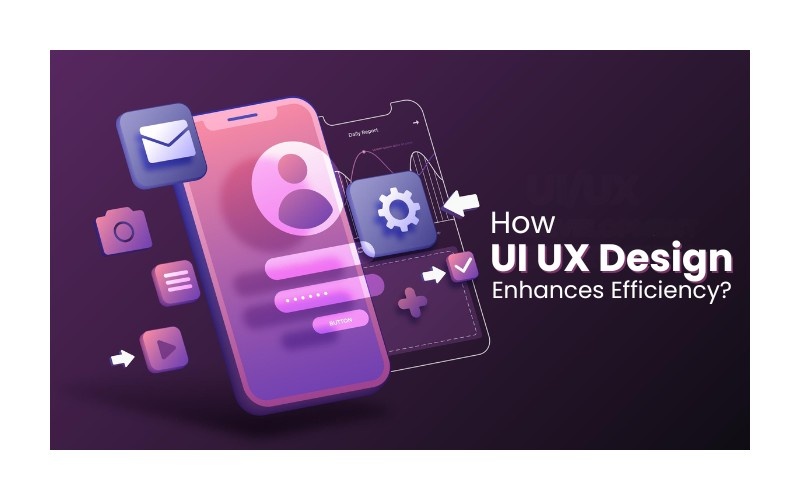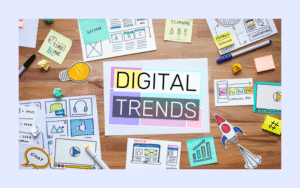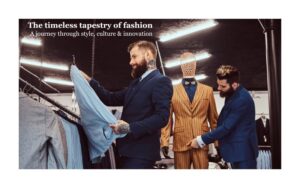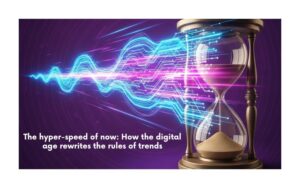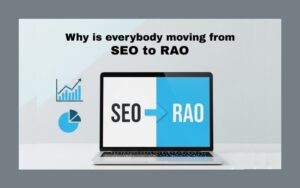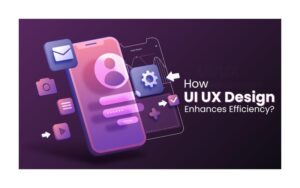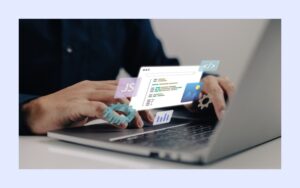Efficiency in design is not always about minimizing time; it is about minimizing effort perceived.
Think of two cases: waiting 15 minutes in quiet versus waiting 20 minutes with periodic updates. The longer wait can be perceived as shorter due to reduced uncertainty.
Designers apply this principle day in and day out. Loading animations, progress bars, and estimated schedules—all keep users occupied and assured. In service settings, digital terminals, self-scanner checkout systems, or even clearly labeled physical paths replicate the strategy. Efficiency is not about speed—giving the illusion of smooth flow works as well.
The Synergy of Technology and Design
Technology in and of itself is not a promise of usability. A highly advanced system can seem overwhelming if not designed thoughtfully. That is why UI UX design is the bridge that translates advanced technology into common language for the user. Consider digital payments for instance. The backend security may be complicated in the system, but to the user, it should be as easy as tapping once and getting immediate confirmation. Likewise, AI-powered tools can be daunting unless made to speak in plain language and in an intuitive way. Design humanizes technology. It makes the obscure systems out of sight, out of mind, feel within reach, secure, and even enjoyable.
The Psychology Behind UI UX Design
At its core, UI UX design is not about pixels or screens—it is about individuals. To create effectively, one has to comprehend how people think, process, and act. This is where psychology meets design. Cognitive load is perhaps one of the most significant psychological principles in design. The brain can only process so much information at a time. A congested interface with too many controls, confusing navigation, or too many words gets users overwhelmed. They tune out, drop the task, and rarely come back.
Good UI UX design also minimizes cognitive load by making choices easy, leveraging common patterns, and leading users step by step. Consider a checkout process: rather than requesting 20 details on a single screen, dividing it into tiny, easy-to-read steps keeps users engaged. The design isn’t only neat-looking—it’s easier to finish.
Another such rule is Hick’s Law, which asserts that the greater the number of alternatives you show, the greater the time it takes a person to make a choice. That’s why great design simplifies choices. Rather than show everything at once, it suggests the most probable options, and leaves alternatives in the background but still available. Design is really applied psychology. It leverages the fact that people tend to look for patterns, shortcuts, and assurances to get decisions done quicker and with less resistance.
Cultural Context in UI UX Design
Design is never absolute—it’s all within culture. Something that works here may not work elsewhere because symbols, colors, and behaviors differ.
For example, color symbolism changes around the world. Red may mean danger or mistake in Western cultures, yet it is a symbol of luck and festivity in some areas of Asia. An icon resembling a mailbox might be well known in America but be pointless elsewhere. Even body language, such as a check mark or cross, is interpreted differently in various cultures.
This is why UI UX design requires cultural sensitivity. A genuinely global product cannot presume that a single design language will suit all users. Rather, it needs to adjust. Some of the world’s most successful products have done this by creating flexible systems. Right-to-left reading interfaces, local payment options, and culturally contextual imagery display respect. Respect is one of the most effective forms of user experience, and it is one of the strongest.
The Invisible Labor of Testing and Iteration
When individuals notice a well-groomed app or fluid service, they tend to overlook the imperceptible work involved. Design is never achieved in one go. It is shaped by trial, criticism, and iteration. UI UX design is an empathy-based process supported by data. Designers initially go on the assumption about what users require, but those assumptions are put to the test in the real world. By using usability studies, A/B testing, heatmaps, and surveys, the design learns from actual behavior from the users.
Occasionally, the most minor details produce the greatest understanding. A button no one ever clicks doesn’t mean users don’t want that feature, but it is intuitively out of place. A high abandonment rate in a form isn’t necessarily a sign of disinterest, but frustration with a specific field. The humility of design is in the understanding that, however beautiful something may seem in theory, the true test is in how people react. And the greatest designers are the ones who continuously refine, test, and learn.
Ethical Design: Trust Building vs. Manipulation
One of the hottest discussions in the design community today is on ethics. While UI UX design has the ability to enchant and enable users, it can also manipulate them. So-called “dark patterns” are design choices intended to trick people into actions they didn’t intend. For example, hiding unsubscribe buttons, disguising ads as content, or pre-selecting paid options are manipulative practices. They achieve short-term business goals but erode long-term trust.
In contrast, ethical design is about transparency and user control. It lets users make smart choices and value their time and privacy. If a platform clearly states how data is being utilized or offers users the control of their notifications, it shows respect. In a time when digital trust is tenuous at best, ethical UI UX design is not only a differentiator but a requirement. Brands that honor the autonomy of the user will always outrun those who take advantage of it.
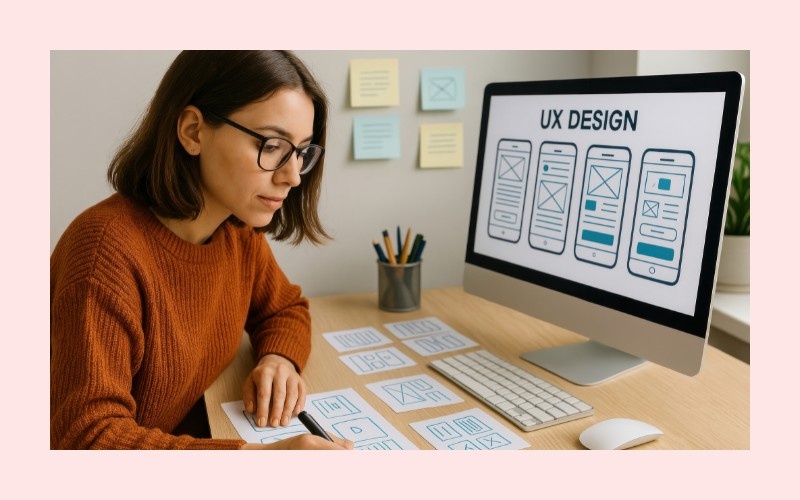
Case Applications Across Industries
The strength of UI UX design is greatest when applied to varied industries:
Healthcare: Medical applications that explain lab results in everyday terms, employ color coding to signal urgency, and provide reminders for medication make stressful routines manageable. An effective hospital kiosk can shorten wait times and worry
Education: Web-based course sites that segment lessons into bite-sized pieces, motivate with visual feedback as learners progress, and permit flexible navigation keep students engaged. Design can make passive reading interactive discovery.
Finance: Banking apps that employ simple graphs, plain-English descriptions, and instant feedback make money management less mysterious. A simple alert regarding a suspicious transaction can turn panic into reassurance.
Government services: Government sites tend to serve heterogeneous communities. When they are built on accessibility, multilingual accessibility, and simplicity, they not only maximize efficiency but also build trust in institutions.
These instances demonstrate that UI UX design is not the exclusive domain of tech startups. It is the bridge between all the industries where people and systems intersect.
UI UX Design Trends of the Future
Design keeps pace with technology and society. The future years will drive UI UX design into exciting new horizons:
AI-Driven Personalization – Experiences personalized to individual behavior, anticipating needs before they emerge. But personalization has to be balanced against privacy issues.
Voice and Conversational Interfaces – With smart speakers and assistants expanding, creating natural, human-like conversation flows is at the forefront. The key is making machines appear empathetic without crossing a line.
AR and VR Interfaces – From virtual shopping in virtual stores to studying anatomy in interactive classrooms, spatial design will revolutionize navigation. Designers need to rethink not only screens but 3D spaces.
Neurodesign – Through knowledge from neuroscience, interfaces can be fine-tuned to correspond with brain reactions, for instance, minimizing stress by color or maximization of engagement through timing.
Sustainable Design – As technology’s footprint increases, so too will design consider sustainability. Light code, dark mode, and environmentally friendly materials in physical design denote responsibility. The future of design won’t be about doing more—it will be about making interactions more human, more ethical, and more meaningful.
Why UI UX Design Matters in Human Terms
The best compliment for a designer isn’t “this looks beautiful” but “this feels easy.” When design becomes invisible and enables individuals to accomplish their desired outcomes without encountering any hindrance, it has been successful. In an age of abundance of choices, individuals come back to those experiences that are considerate of their time, minimize their stress, and infuse confidence into them. That is what UI UX design provides. It transforms technology from a barrier to a facilitator, from a cause of frustration to a source of happiness. Design is not only a part of the process—it is the process itself.
Conclusion: Experiences Designed to Be Remembered
The genius of UI UX design is its invisibility. When executed well, it recedes from view, letting users concentrate on what they want to do instead of the tools themselves. The actual design story isn’t in the buttons, colors, or layouts, but in the emotions that those induce—confidence, relief, joy, and trust. The final outcome could be a completed purchase, a scheduled service, or a completed task, but the lasting memory is the ease of the process. Design, when considered, elevates the mundane to the sublime. It makes a banal interaction memorable. In today’s experience-centric world, UI UX design is not merely along for the ride—it is the ride.

